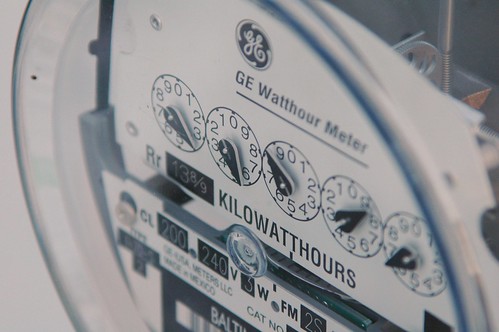
Thermal conductivity measures the capacity of temperature exchange between heat and cold passing through a material mass. Different insulating materials and other types of material have specific thermal conductivity coefficient values ("k") that can be used to measure their insulating effectiveness. There are three specific modes of thermal conductivity. Knowledge of the three heat transmission modes benefits the construction of energy-efficient homes using "green" insulation.
Conduction
Video of the Day

Conduction results from the collisions between the particles in a material. The difference in the temperature initiates the physical contact between the particles, creating kinetic energy and momentum. When a particle collision happens, it transfers heat energy through the material. Wherever a temperature gradient exists, a net flow of heat will result.
Video of the Day
Convection

In convection, the rate of heat flow depends upon the temperature of moving gas or liquid from one place to another, containing its heat during transference.
Radiation

Electromagnetic waves are transmitted as a light form emanating from a heat source. Glass and translucent materials allow radiant heat to pass through in sufficient amounts.
Thermal Control
Control the thermal effectiveness of the conduction through the choice of materials and their geometry. For instance, a short, thick rod of any material conducts more efficiently than a long, thin rod of the same material. Rough surfaces make efficient radiators/absorbers whereas shiny, polished surfaces make superior reflectors. The net effect of thermal control generates the circulation of air called a convection cell, consisting of upward, downward, and horizontal motion of air.
Energy Efficiency
Materials with low thermal conductivity prevent heat transmission in and out of the house, optimize the capacity of the materials and operating cost, and reduce energy consumption.